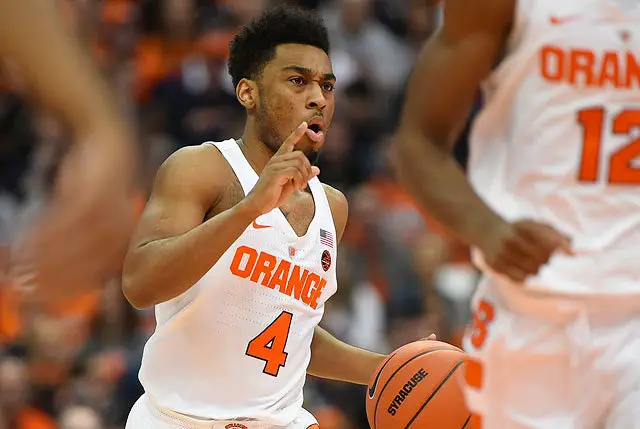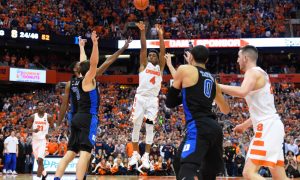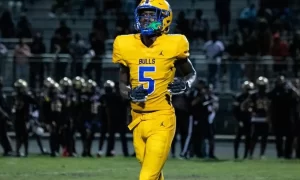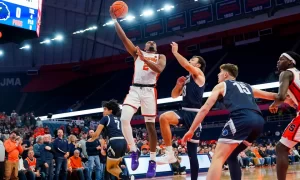When John Gillon and Andrew White III both announced they would use their final year of eligibility at Syracuse, the Orange’s rotation got crowded. With Gillon, White and Frank Howard wearing Orange, there would only be room for at most two of them to get significant minutes. After White exploded for 26 points against North Florida, I thought Gillon was going to be the odd man out. Instead, he’s pulled the Orange out of the fire of the worst start in Jim Boeheim’s coaching tenure and Frank Howard is officially in Jim Boeheim’s doghouse. Very few expected Gillon to be the point guard of the season for SU, but should we have?
You can make an argument for both Howard and Gillon when you look at their stats through Syracuse’s first 14 games this season (before Gillon took over against Miami), but I believe Gillon was the better point guard. Howard started all 14 of those games, but the minutes were pretty evenly spread (21.4 per game for Gillon and 22.8 for Howard) so this is a pretty even comparison. In those games, Gillon shot 41.8 percent and Howard shot 35.7. Gillon scored 8.9 points per game, and Howard scored 6.8. An advantage for the graduate transfer, but nothing that jumps off the page at you.
There’s a little bit more of a difference when you look at the stats point guards care about. Howard averaged six assists per game, while Gillon was at just over 4.2. Turnovers are a different story. Gillon gave the ball away only 1.2 times per game, while Howard turned it over 2.4 times. Because Howard was the point guard all that time, it makes sense that he gets both more assists and more turnovers. The offense ran through him, and he got more touches. Gillon wasn’t playing nearly as much point guard; he started three of the first 14 games at the two-guard spot. Still, Gillon was more careful with the ball. His assist/turnover ratio was 3.5, a full point over Howard’s 2.5.
Aside from the ballhandling statistics, Gillon was a flat-out better player than Howard. He was a better shooter, but also a better free-throw shooter. Gillon shot 75 percent to Howard’s 59. He got into foul trouble less.¬† Howard committed at least three fouls six different times and four fouls on three occasions, while Gillon only got over two fouls once (he picked up four against Georgetown). Your point guard needs to be on the floor a lot, and Howard was cutting it close too often.
Should we have seen John Gillon’s breakthrough at point guard coming? No; he wasn’t playing enough point guard for it to be seen. The question then becomes… why not? Frank Howard had been inconsistent all season; why did it take Boeheim six losses to make a change?






















